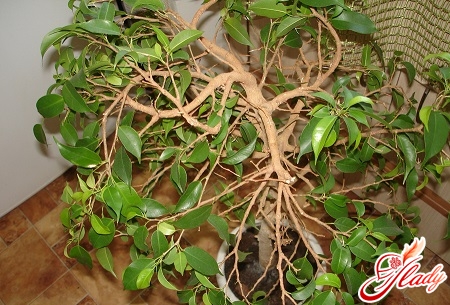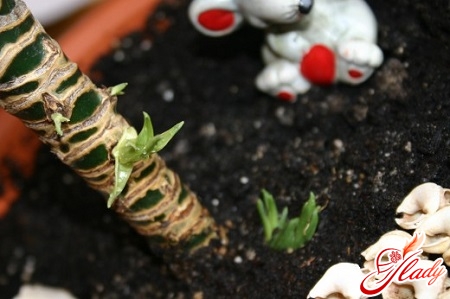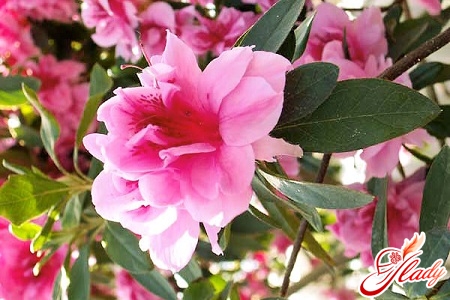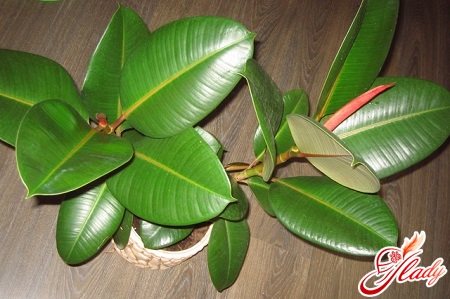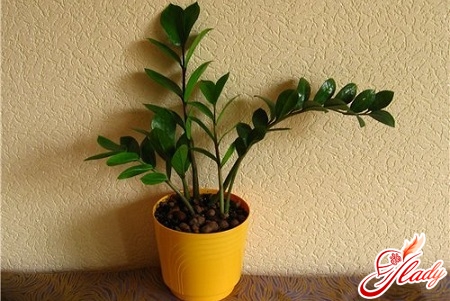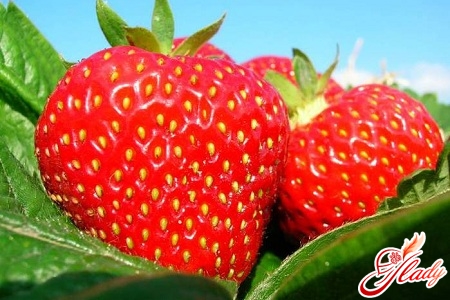 Absolutely everyone loves strawberries.This aromatic berry leaves no one indifferent. Thanks to its sensual coloring, wonderful taste and shape that resembles a heart, strawberries and wild strawberries have been popular all over the world for hundreds of years. Strawberries are a very productive berry. With desire and proper care, the owner of a plantation can collect up to thirty tons of strawberries per hectare per season. Summer residents are not planters, but they can also grow a good harvest of strawberries on their plot to provide their family with a delicious dessert during the season. And also stock up on jam and compotes from this aromatic berry for the winter. To do this, you should know how to grow strawberries. To ensure that the harvest does not disappoint, it is necessary to prepare the soil for planting seedlings. It is equally important to correctly place strawberry seedlings. The key to a high yield is the use of elite seedlings. Proper care is equally important: timely weeding and regular treatment of plants from diseases and harmful insects.
Absolutely everyone loves strawberries.This aromatic berry leaves no one indifferent. Thanks to its sensual coloring, wonderful taste and shape that resembles a heart, strawberries and wild strawberries have been popular all over the world for hundreds of years. Strawberries are a very productive berry. With desire and proper care, the owner of a plantation can collect up to thirty tons of strawberries per hectare per season. Summer residents are not planters, but they can also grow a good harvest of strawberries on their plot to provide their family with a delicious dessert during the season. And also stock up on jam and compotes from this aromatic berry for the winter. To do this, you should know how to grow strawberries. To ensure that the harvest does not disappoint, it is necessary to prepare the soil for planting seedlings. It is equally important to correctly place strawberry seedlings. The key to a high yield is the use of elite seedlings. Proper care is equally important: timely weeding and regular treatment of plants from diseases and harmful insects.
Select a location
The right choice has a significant impact on the harvestPlaces for growing strawberries. It is best to plant strawberries on soils with light mechanical composition. If the soil contains large amounts of carbonates, many varieties of strawberries will bear fruit poorly. Proper soil moisture is of great importance, since a lack of moisture, as well as an excess of moisture, will equally negatively affect the plants, and therefore the harvest. And if groundwater rises closer to the surface than one meter, strawberries cannot be grown there. Areas with steep slopes are also not suitable for growing strawberries, because in the spring they are flooded with melt water and dry out in the summer. Strawberries need a measured amount of moisture - drip irrigation is the optimal method for them. To protect against weeds, strawberry beds should be covered with mulching film - this allows you to weed the plants less often. In addition, such a film will protect the strawberries from dirt if the weather is damp during the harvest period. The area for planting strawberries should be chosen so that it is not blown by strong winds. In summer, this will help to retain moisture in the soil, and in winter, such an area will be covered with an even layer of snow. In addition, in an area protected from the wind, strawberries will be pollinated by bees. Where the wind constantly blows over the area, normal pollination is out of the question. If there is no natural protection from the wind, a couple of rows of sunflowers, Jerusalem artichoke or corn can be planted around the strawberry area. Strawberries feel great in almost any soil. Even loam and sandy soils are suitable for them. The only thing is that strawberries feel very uncomfortable on limestone, acidic, clayey and swampy soils. If the area has heavy soils, this can be combated by adding small doses of phosphogypsum or peat in the fall. In addition, drip irrigation and black mulch film will help solve problems related to soil characteristics. It is better to grow strawberries in crop rotation after grain crops. It is very good to grow strawberries where legumes were planted the previous season. Do not plant strawberries in areas where tomatoes or potatoes grew. It will be possible to grow them there no sooner than in six years.
Site Preparation
When preparing to plant strawberries, you should checkAre there wireworm and cockchafer larvae in the soil? The critical content is considered to be the presence of pests in the amount of one larva per two square meters. Before planting strawberries, the site must be properly prepared. And this must be done in advance. In order to reduce the acidity of the soil, it is necessary to lime the soil a year before planting strawberries, and to reduce the alkaline reaction - gypsum. If the site is littered with cereal weeds, in the fall it can be treated with a continuous herbicide. In early October, to facilitate spring digging, autumn plowing is carried out - to a depth of up to thirty centimeters. To increase moisture reserves in the soil in winter, it is advisable to ensure snow retention. In the spring, before planting strawberries, the soil is dug up to 14-16 centimeters.
Feeding
On a bed planned for strawberries, in the fallIt is recommended to apply manure at the rate of half a ton per hundred square meters. Or the same amount of humus in the spring. To provide the soil with a sufficient amount of nutrients and microelements, the following approximate norms should be followed:
- nitrogen - 0.8-1 kg per hundred, with half of this rate brought before planting, and the rest is left to feed during the growing season - depending on weather conditions and plant conditions;
- phosphorus - 0.5 kg per hundred parts - is brought before planting;
- potassium - 1 kg per weave - half before planting, and the second half during flowering in the form of a solution;
- magnesium - 1 kg per hundred parts - is brought before the preparation of the soil.

Planting strawberries
To get large strawberry harvestsExperts recommend using sorted healthy seedlings, elite or first reproduction. The seedlings should have a root collar diameter of at least six millimeters and a developed root system seven to nine centimeters long. The best yield is given by seedlings that were dug out of the ground in late autumn and stored until spring, at a low temperature. Seedlings are planted in early autumn or early spring. In early spring, they are planted as soon as it becomes possible to work on the site, when the soil is provided with moisture accumulated in winter and spring. It is very important to plant in a timely manner so that the plants take root well. Delay in planting can lead to the death of most of the seedlings, even if watering was provided. In autumn, seedlings are planted from the second ten days of August until the end of September, after rains or good watering. Delay in autumn planting also affects the survival rate of seedlings and has a negative effect on their frost resistance, especially in the case of an early winter. Before planting, the seedlings should be kept in a damp and cool place for up to five days. Planting is done manually in moistened, but not wet soil. Before planting, the root system of the seedlings can be treated with a fungicide-insecticide mixture. At first, the boxes with seedlings should be kept in the shade. The seedlings should be planted so that the root system is located vertically, and the root collar is at ground level. Long roots should be shortened to eight to ten centimeters. After planting, be sure to water the plants. After the water has been absorbed, the soil around it is mulched with dry soil or humus to prevent a crust from forming.
Care for strawberries
Strawberries are a moisture-dependent crop,Therefore, when growing strawberries, you should not rely on natural precipitation. Due to the lack of moisture during critical periods of growth, even for one and a half to two weeks, the yield of strawberries is significantly reduced. Therefore, for growing strawberries, it is better to provide some kind of irrigation system, for example, drip irrigation or a sprinkler system. During the first two weeks after planting, you need to keep the soil moist - so that the seedlings take root well. The next two weeks, watering is carried out every two days, depending on the need. Remember that strawberries do not like excessive soil moisture. With over-moistening, the resistance of strawberries to diseases decreases, especially against powdery mildew and gray rot, winter hardiness decreases, and the formation of generative buds decreases. Regular weeding of the row spacing should be carried out, because they must be free of weeds. You can cover the row spacing with straw, and it is better to use wheat straw in this case. Film also helps in the fight against weeds. It is constantly necessary to monitor the appearance of diseases and pests. Recently, biological protection has become increasingly popular. Entomophagous insects are used for these purposes. In order to strengthen the plant, the harvest in the year of planting can be omitted. For this, the flower stalks are carefully torn off in the first year. If the plant begins to fall out due to pests or diseases, then strawberry plantings should be repaired.
Harvesting
Early, mid and mid-late varietiesbear fruit throughout June. The degree of maturity and harvesting time depend on the variety and purpose of the berries. For sale or processing, strawberries are picked when they are fully ripe and have acquired the best taste qualities. If the strawberries have to be transported over a long distance, they are picked unripe. Do not pick wet berries, because they can quickly rot. Berries should be picked carefully, making sure that they do not get crushed. Without refrigeration, strawberries can be stored for 10-20 hours, depending on the variety. In a cooled room with a temperature of no higher than +4°C, strawberries can be stored for up to three days. It is better to pick strawberries in small baskets with a capacity of up to three kilograms.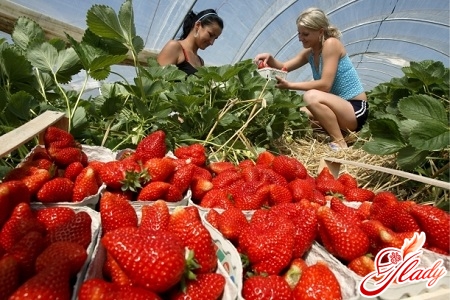
Mowing of leaves
To free plants from diseases andpests, as well as to stimulate the growth of young leaves, after harvesting, you can mow the foliage. This is not a mandatory measure - it is advisable to carry out if the strawberry plot is overgrown or poorly maintained. The foliage is mowed on average three weeks after harvesting. Early mowing weakens the plants, which can negatively affect their wintering and yield next year. Late mowing can lead to deterioration in bud differentiation. After mowing, the foliage should be raked, and then a comprehensive fight against diseases and pests should be carried out, fertilizing with mineral fertilizers and cultivating the soil between the rows.
Winter care
In the presence of snow cover, strawberriessuccessfully withstands low winter temperatures. A ten to twenty centimeter layer of snow can protect it even from frosts of 25-30 ° C. If there is no snow, then at temperatures below -12 ° the plant first partially freezes and then dies. Strong plants withstand the cold better. Therefore, frosts cause less damage where the site was well looked after, the plant was provided with moisture and fertilizers and protected from diseases and pests. In snowless winters, strawberry plantings can be covered with straw. It should not contain seeds, otherwise mice may appear, which will cause irreparable damage to the plants. Many people are interested in how to grow strawberries all year round. In Holland, it is grown at any time of the year in closed ground. Agricultural technology is the same as for open ground. The task of the plant grower in this case is to "wake up" the plant from hibernation, providing it with the necessary conditions for reproduction, growth and fruiting. And then this magnificent berry will delight you with its unique aroma and delicate taste at any time of the year, despite the fact that we grow strawberries in a not quite usual way. We recommend reading:




